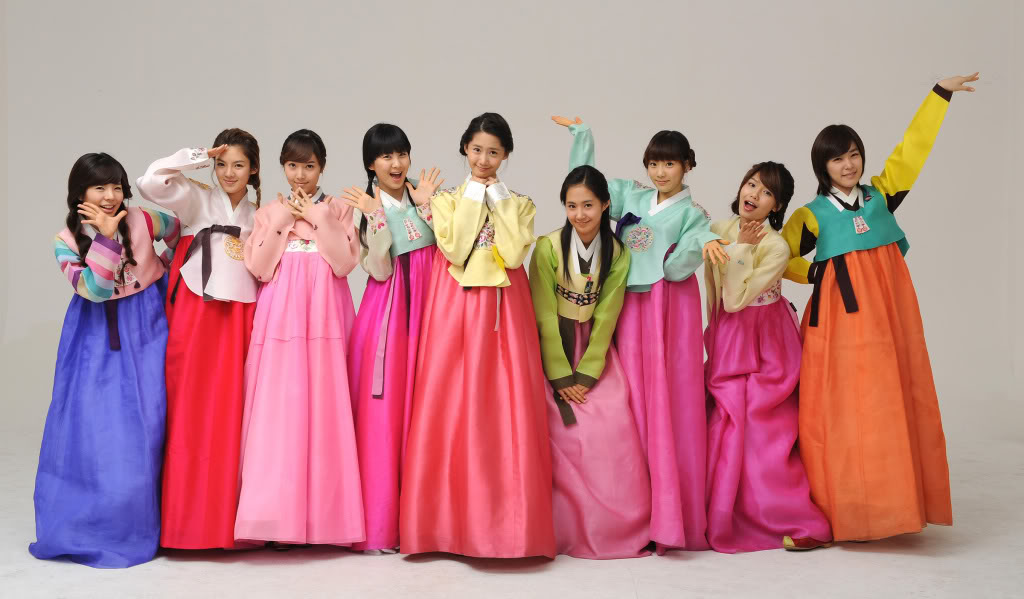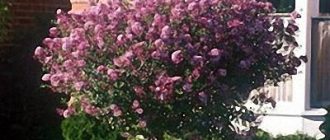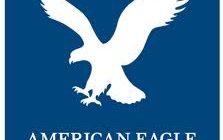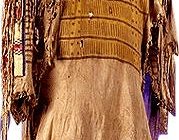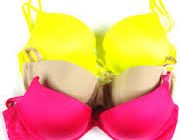Want to buy a beautiful Korean hanbok? Learn how to select these beautiful garments known as the hanbok in Korea and considered the pride of the Korean people…
The Korean language uses the term “bot”e as a word for clothing. However, traditional Korean attire is known as hanbok. Korea is famous for its culture, language and religion, which are distinct and native to the Orient. Similarly houses, cuisine and aesthetic sense displayed in Koreans’ daily lives are a means of preserving their culture. Korea attitudes are not as open to multi-ethnic and diverse traditions like those attitudes prevalent in China.
The single largest ethnic group in the country is Koreans and tradition is synonymous with nationalism. Therefore, the hanbok is the perfect expression of Korean identity both locally and internationally. It has evolved over time in concert with the historical development of the country and can give us an insight into the values and lifestyle of the Korean people.
Origins of the Korean Hanbok
A Hanbok is similar to a Kaftan in terms of its style. It was first popular during the reign of Ko Choson. At that particular time Tan-gun had made popular the practice of shaving one’s head and covering it with a hat. Originally in the era of the Three Kingdoms this outfit had two pieces and was a unisex garment. The top was front open and ended just below the waist and was tied off with a belt. The lowers were also tied off just above the ankle. Interestingly enough an older style garment had opening flaps starting on the top right and slanting towards the left diagonally.
However, by the middle of the Korya era the fashion direction changed and it’s still prevalent today with a flap on the right side for the male garments and the flap on the left side for the female garments. It’s interesting to note that the current trend of unisex garments has been prevalent in East Asia centuries before it became prevalent the West.
Evolution of The Modern Day Korean Hanbok
As time passed by the culture of Korea picked up clothing elements from the Chinese culture, which included long scarves, gilded hairpins, sleeveless shirt as well the headdress and coats. Silk clothing and accessories became increasingly popular in those days.
When short clothing gave way to waist-length clothing the belts were replaced with tie strings for the coats. During the Tang Dynasty clothing went back to its simple and frugal roots reflecting the rustic beauty of this agricultural land.
The next stage arrived when cotton fabric was introduced to the country. The people’s clothes became more regulated and in fact uniforms were created for the palace staff for the first time in the Korean history.
The Korean Hanbok Today
The numerous layers found on the robe are long, but suspended just above the ground to keep it neat and tidy. There are multiple layers of clothing underneath to make it a heavy garment and the tight rectangular sleeves hang right off the edge of the cuff and are fairly long as well. As time went by female entertainers were to provide the main influence on the evolving hanbok, while the male garment was influenced by overseas military missions and an influx of foreign culture like those found in the West and other parts of Asia. Today one can see that the hanbok retains the pant, the outer coat and the skirt.

